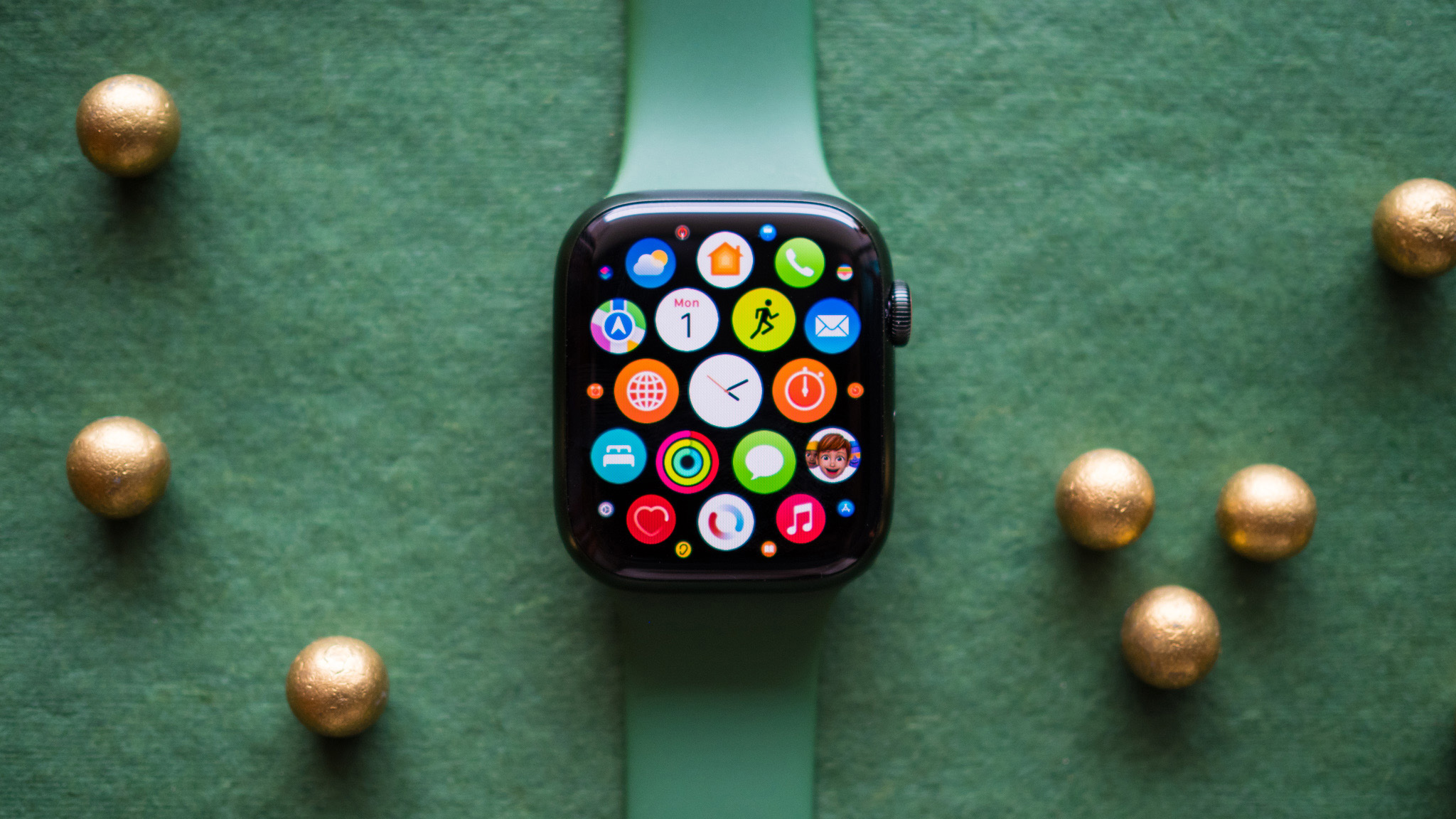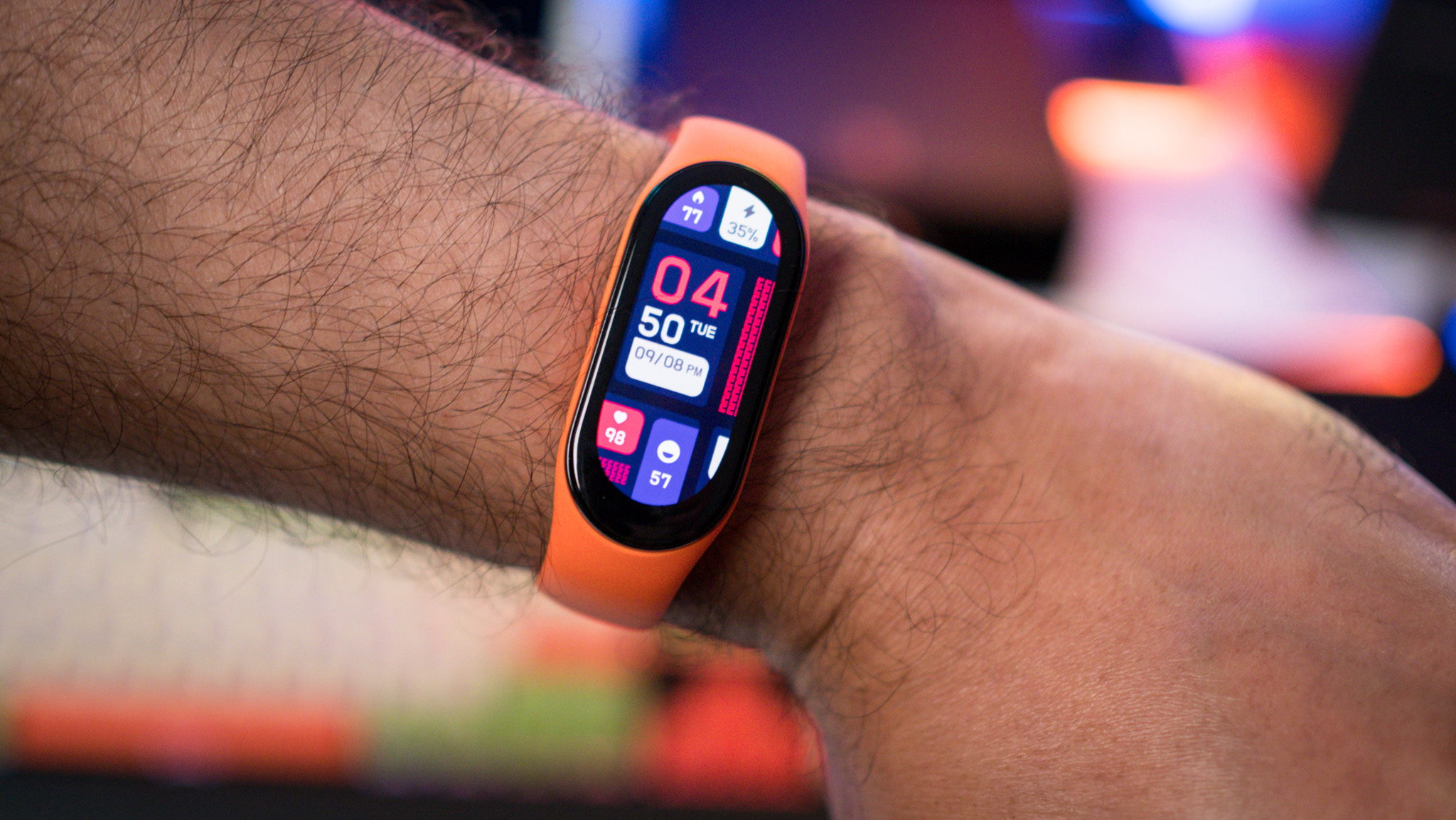Wearable sales are going up, and the Apple Watch extends its dominance
Samsung made decent gains in 2022, but Apple is in an unassailable position.

While the phone market is in a decline right now, there are no such issues with wearables. According to the latest figures from Counterpoint, global smartwatch sales increased by 12% year-on-year in 2022, with high-end products — retailing for over $400 — seeing a staggering 129% increase over 2021.
The entry-level sub-$100 category also saw a modest increase, but the rest of the field shrunk as the market consolidated around the budget and high-end. North America was once again the largest wearable market, seeing a decent 6% uptick in sales over the course of 2022, with India now in second with a huge 151% YoY increase.
Samsung is in second with a 9.8% global market share, and while the South Korean manufacturer saw a sales increase of 12% — no doubt due to the launch of the Galaxy Watch 5 Pro — overall revenue was up by just 0.5% in 2022. This is similar to what the brand is seeing in the phone segment, with Samsung recording its lowest profits in eight years in Q4 2022.
While Samsung hasn't moved the needle too much, Apple continues to extend its lead in the wearable segment. The brand is once again the leading wearable manufacturer in the world, and it netted 50 million sales for the first time in 2022, an increase of 17%. While it has a 34.8% market share, it picked up an astonishing 60% of the overall revenue, and that's down to the positioning of its smartwatches.

I'm not at all surprised by these figures; the Apple Watch is the only smartwatch I used with any amount of regularity in the last four years, and its biggest selling point is the software ecosystem. I used a half-dozen Android smartwatches before making the switch to the Apple Watch, and I was constantly frustrated by Wear OS's foibles; the wearables I used were either prone to lag, had lackluster designs, or suffered from poor battery life.
Although Google made amends with Wear OS 3, the Apple Watch has an overwhelming lead in this segment, and that's unlikely to change. I used the Apple Watch Series 8 for the better part of four months now, and while it doesn't differ too much from its predecessor, it has the features I actually use.

Take fitness, for instance. I started being more active over the course of the pandemic, and used the Apple Watch to monitor workouts and calories burned. What made the biggest difference was the social capabilities; it's easy to challenge friends and family, and the only times I pushed myself to get on the exercise bike and close those infernal rings was when I got a notification that my sister did the same — sibling rivalry is a big motivator.
Be an expert in 5 minutes
Get the latest news from Android Central, your trusted companion in the world of Android
The seamless integration with the services I use combined with a slate of excellent first-party apps is why I continue to use the Apple Watch, and with Apple introducing the $799 Watch Ultra, it's not hard to see why the brand picked up an outsized share of the overall revenue in 2022.

Switching gears to the budget segment, the meteoric rise in sales in India is down to local players offering fitness bands and smartwatches for under $100, with brands like Noise making a lot of noise (I just had to). By undercutting Xiaomi and Huawei by a significant margin, Noise was able to swiftly rise up the ranks in India, and although it sells in just one country, it is now the fourth-largest wearable brand in the world.
On that note, Xiaomi slid down to 11th in the rankings, and while the brand continues to make the best budget fitness bands — the Mi Band 7 is my recommendation if you want a wearable for under $100 — it wasn't able to make any headway in China or India. Similarly, Fitbit saw its market share decline in North America, and the brand is now in 10th position globally.
It's likely the momentum will continue over the course of 2023, and we'll have to wait and see if this year's Android smartwatches can challenge the dominance of the Apple Watch.

Harish Jonnalagadda is Android Central's Senior Editor overseeing mobile coverage. In his current role, he leads the site's coverage of Chinese phone brands, networking products, and AV gear. He has been testing phones for over a decade, and has extensive experience in mobile hardware and the global semiconductor industry. Contact him on Twitter at @chunkynerd.
